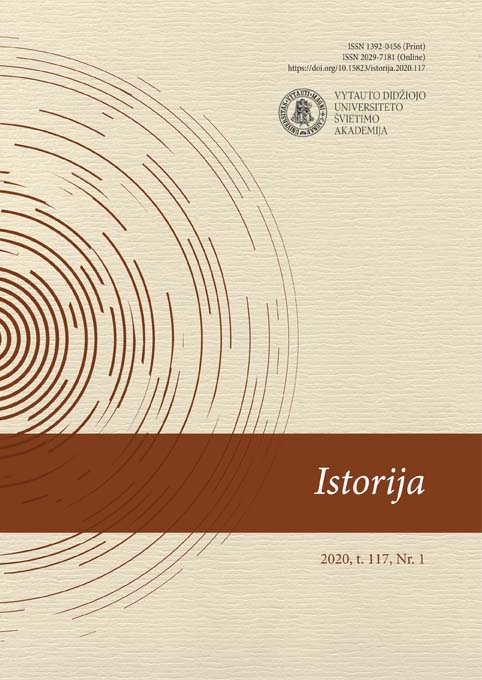Anti-Soviet Leaflets and Climatic Conditions: Aftermath of the Cold War “Balloon Campaign” in Latvian SSR in 1954
Anti-Soviet Leaflets and Climatic Conditions: Aftermath of the Cold War “Balloon Campaign” in Latvian SSR in 1954
Author(s): Uldis KrēsliņšSubject(s): Political history, Post-War period (1950 - 1989), History of Communism, Cold-War History
Published by: Vytauto Didžiojo Universitetas
Keywords: Propaganda; Anti-Soviet leaflets; “Balloon campaign”; Free Europe Press; NTS; Latvian SSR; Committee for State Security of the Latvian SSR;
Summary/Abstract: In April 1954, reports of the Chairman of the Committee for State Security of the Latvian SSR to the Chairman of the Council of Ministers of the LSSR mentioned for the first time information about anti-Soviet leaflets found in the territory of the LSSR. Up to the end of 1954, there were another ten reports of found leaflets sent here by balloon. The peculiarity of these leaflets was that most often their text was in Czech, Hungarian and German languages, which most people of the LSSR did not know. It was evident that leaflets found had entered Latvian territory as a result of erroneous forecasting of climatic conditions. However this mistake also made the LSSR territory an arena for a “Balloon campaign” implemented by Western countries. It provides a good opportunity to compare content of leaflets prepared for different countries. The most relevant difference between the leaflets was that those in Hungarian, Czech and German detailed practical requirements, while those in Russian consisted of general theoretical reflections. In turn, what almost all leaflets had in common was an emphasis on so-called feedback, or in other words, on a desire for proof that the leaflets found their target addressees.
Journal: Istorija. Lietuvos aukštųjų mokyklų mokslo darbai
- Issue Year: 117/2020
- Issue No: 1
- Page Range: 47-66
- Page Count: 20
- Language: English

